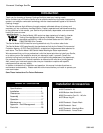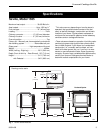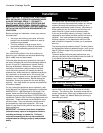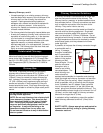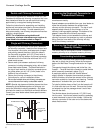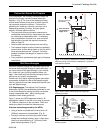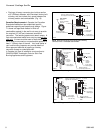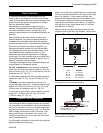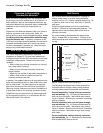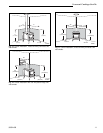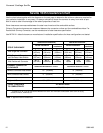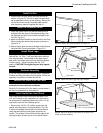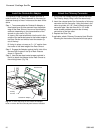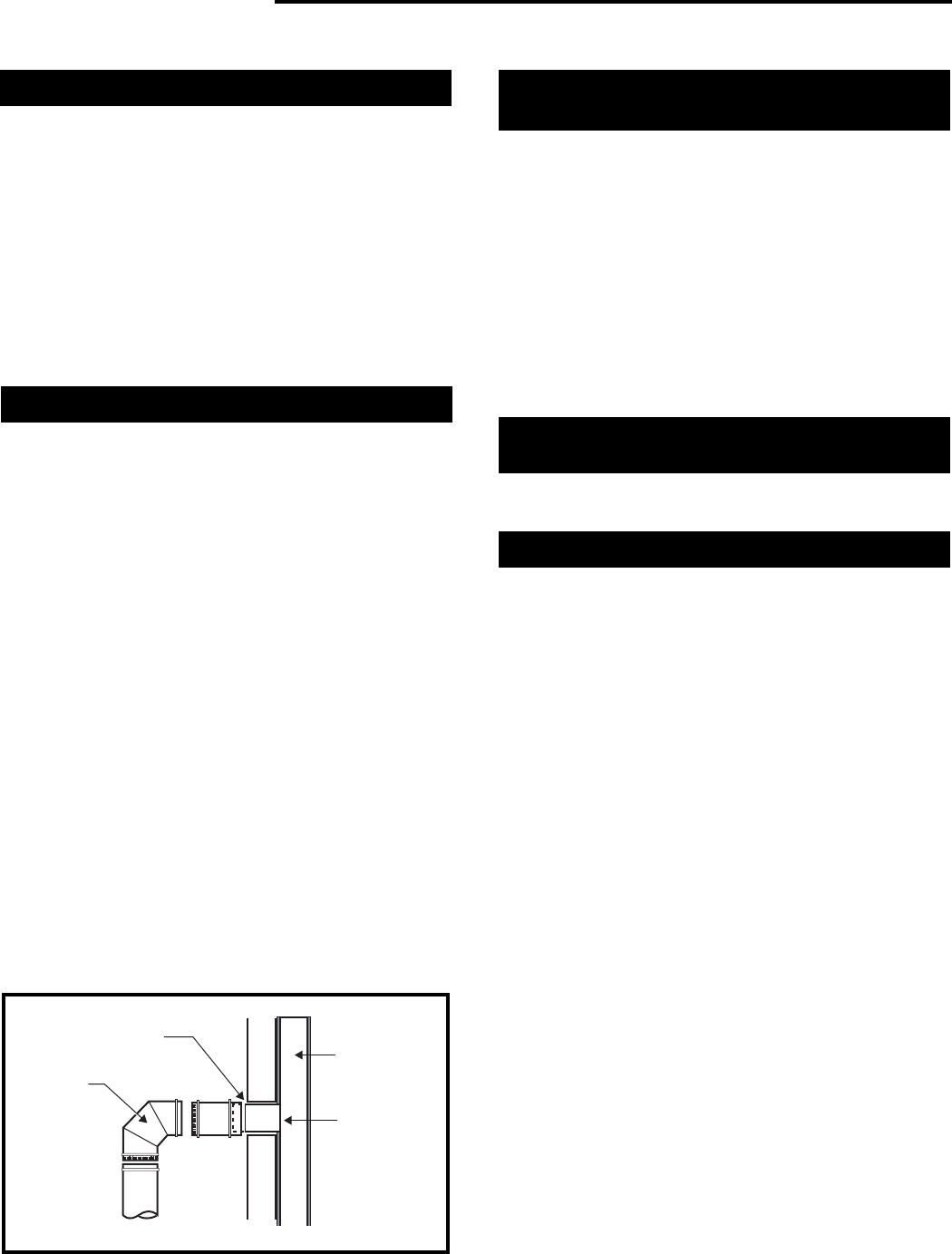
6
Vermont Castings Seville
30001490
Double-wall Chimney Connectors
The Seville is approved for installation in the U.S. and
Canada with double-wall chimney connectors that have
been tested and listed for use with solid-fuel burning
appliances by a recognized testing laboratory.
Follow the instructions for assembling and installing
double-wall connectors provided by the manufacturer
of the double-wall chimney. To ease assembly and
help assure safety, use chimney components manufac-
tured by a single source.
NOTE: For installations using double-wall
connectors, minimum clearances must conform to
those listed in the clearance chart on Page 12.
Single-wall Chimney Connectors
• Beginning at the flue collar of the stove, assemble
the chimney connector. Insert the first crimped end
into the stove’s flue collar, and keep each crimped
end pointing toward the stove. Using the holes in
the flue collar as guides, drill 1/8" (3 mm) holes in
the bottom of the first section of chimney connector
and secure it to the flue collar with three #10 x 1/2"
sheet metal screws.
• Secure each joint between sections of chimney
connector, including telescoping joints, with at least
three sheet metal screws. The predrilled holes in
the top of each section of chimney connector serve
as guides when you drill 1/8" (3 mm) holes in the
bottom of the next section.
• Secure the chimney connector to the chimney.
Instructions for various installations follow.
• Be sure the installed stove and chimney connector are
correct distances from nearby combustible material.
NOTE: Special slip pipes and thimble sleeves that form
telescoping joints between sections of chimney con-
nector are available to simplify assembly. Slip pipes
eliminate the need to cut individual connector sections.
Consult your local dealer about these special connec-
tor sections.
Securing the Single-wall Connector to a
Prefabricated Chimney
Follow the installation instructions of the chimney
manufacturer exactly.
Special adapters are available from your local dealer to
make the connection between the prefabricated
chimney and the chimney connector. The top of such
adapters attach directly to the chimney or to the
chimney’s ceiling support package. The bottom of the
adapter is secured to the chimney connector.
The adapter forms a union between the chimney and
chimney connector that ensures any soot or creosote
falling from the inner walls of the chimney will stay
inside the chimney connector.
Securing the Single-wall Connector to a
Masonry Chimney
The Seville may be connected to either a freestanding
masonry chimney or to a fireplace masonry chimney.
Freestanding Installations
If the chimney connector must pass through a combus-
tible wall to reach the chimney, follow the recommen-
dations for Wall Pass-Through construction on Pages
7-8.
The opening through the chimney wall to the flue - the
"breech" – must be lined with a ceramic or metal thimble
which is securely cemented in place. (Fig. 5)
A metal pipe section called the “thimble sleeve,”
slightly smaller in diameter than standard connector
and the thimbles, will allow the removal of the chimney
connector system for inspection and cleaning. Thimble
sleeves are available from your local dealer.
To install a thimble sleeve, slide it into the breech until
it is flush with the inner flue wall. Be sure that it does
not extend into the flue passage where it could inter-
fere with the draft.
The thimble sleeve should protrude 1-2" (25-51mm)
into the room. Use furnace cement and thin gasketing
to seal the sleeve in place in the thimble. Secure the
chimney connector to the outer end of the sleeve with
sheet metal screws.
Chimney
Connector
Thimble Sleeve
Fig. 5 The thimble, made of either ceramic or metal, must be
cemented securely in place.
Flue
Keep sleeve
end flush with
flue tile
ST243




